Ise
Town of the beginning of Japanese spiritual culture (generation culture)
Town where conventions (meetings, exchanges, sightseeing) begin
Town of the beginning of regeneration by the sengū
Ise has the Ise Jingu, which is deeply rooted in Japanese spiritual culture, and has long been known as the "hometown of the Japanese mind."
It can be said that Japanese culture, which has its origins in love for nature and respect for ancestors, also originates here in Ise.
The essence is the idea that it is good to be plain and unadorned.In other words, Ise is positioned as a city of "generational culture."
As symbolized by the visit, many people gathered from all over Ise, and various encounters and exchanges were born.
Ise is also the "starting town" of conventions (meetings, exchanges, tourism).
The town "Ise", which began with the once-in-a-twenty-year ceremony, has revived its vitality and continues to convey to the people who live and visit it the "heart of Japan" that will never change.
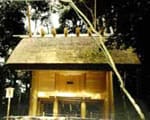
The shrine of Ise Jingu, which boasts the refreshing stylistic beauty of Japanese cypress, is called "Shinmei-zukuri".It was developed from the granary of the Yayoi period and is said to be one of the oldest architectural styles in Japan.
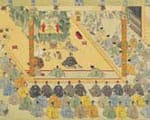
Originally a priest who is a priest of Ise Jingu.It became the originator of the current tour conductor, such as soliciting worshipers and letting worshipers stay at home to entertain with the delicacies of Sankai.

Since it is inconvenient to exchange money, a Yamada merchant devised a bill of deposit (feather) with the face value written in the early 17th century.It is the second oldest banknote in the world, and this was the origin of the merchant and clan bills.
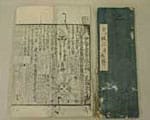
The first calendar distributed nationwide.The calendar distributed by the master was very popular with the general public, especially farmers, because it contained information closely related to daily life, and the faith and trust in the Jingu increased.
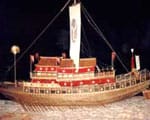
Japan's first iron-clad warship was born at the Ominato shipyard in Ise, where the shipbuilding industry was thriving.Sengoku warlord Kuki Yoshitaka built seven Atakebune ships here and contributed to the unification of Oda Nobunaga's world.
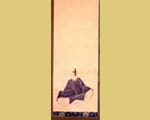
As a priest of Ise Jingu, he was familiar with Renga, which has a strong religious tone, but later broke the manner of Renga and created the momentum to make the XNUMX, XNUMX, and XNUMX haiku independent, and laid the foundation for haiku.
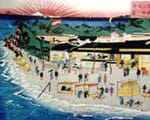
In 15, Futamiura was established as Japan's first official beach along with Suma and Hayama on the Miura Peninsula in Kobe.However, at that time, tide bathing for the purpose of health rather than swimming was the mainstream.
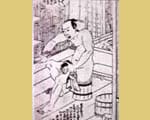
It all started when Yoichi, who was born in Ise and participated in the town development of Edo for migrant workers, built a bathhouse at the foot of the Sento Bridge.It was a steam bath, but it helped to get rid of the sweat and tiredness of the laborers.
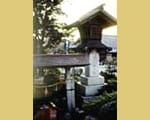
At the beginning of the opening, Tokyo-Ise was Route 1.Later, National Highway No. 23 was rerouted to the main road connecting Tokyo and Osaka, and Yokkaichi-Ise, which was the section of National Highway No. XNUMX at that time, was renamed National Highway No. XNUMX.
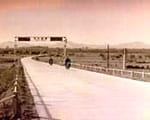
The toll road in Japan began in 28 with the Sangu Toll Road, which opened in the 1953 km section between Tokaibashi (Ise) and Kushida Bridge (Matsusaka).The toll was 10.6 yen for a regular car and 180 yen for a light car.

The "Noshi" used to mark gifts originates from Noshi Abalone, an offering of Ise Jingu.It was also used as a gift for ceremonies among the upper class samurai, but it was gradually formalized and became the current mark.

Opened in 24 in front of the outer shrine as Japan's first private industry museum. It was founded to spread the virtues of Amaterasu Omikami and Toyouke Omikami with the theme of "how natural products can be useful".
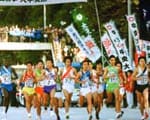
The relay road race originated from the relay of Kyoto-Tokyo divided into 50 sections to commemorate the 23th anniversary of the relocation of the capital.This competition name was given by Mr. Takeda, a former vice chairman of the Japan Sports Association and director of the Jingu Imperial Academy.